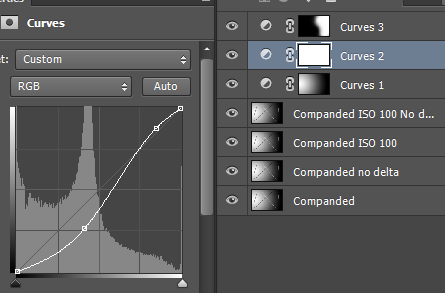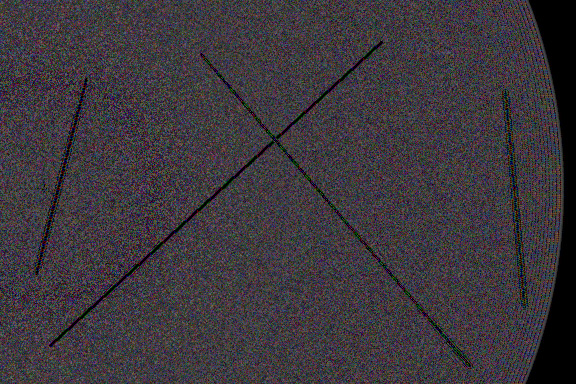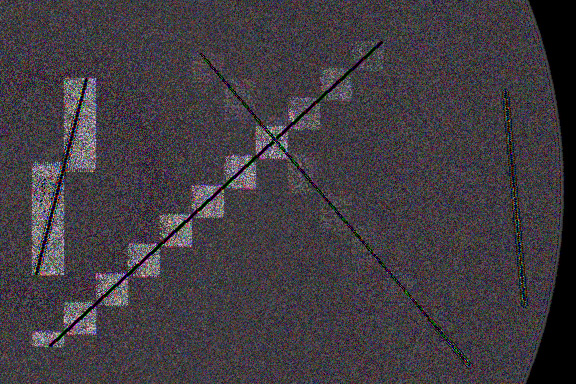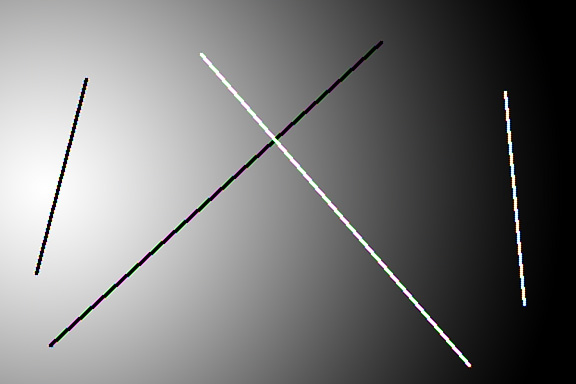In the previous few days’ posts, I’ve established that: The Sony raw compression algorithm generates artifacts that can be made visible by subtracting an uncompressed image chosen to stress the algorithm from one that has been compressed and decompressed and subjecting the result to amplification by a factor of 20 or 30. If the delta… [Read More]
Speculating on Sony’s raw compression
Hans van Driest has posted a possible explanation of why Sony uses the tone compression algorithm that it does. It’s speculation, to be sure, but, if true, might explain a lot. Here is is post, lightly edited for clarity. Sony uses column conversion, meaning they use a lot of ADCs in parallel. This, in combination… [Read More]
Removing the delta modulation component from Sony raw compression
Someone expressed interest is seeing how the Sony tone compression/expansion simulation would work with our test image if the delta modulation component were removed, leaving us with only the 13-to-11-bit tone compression and its 11-to-13-bit counterpart. I’m glad to oblige. Here’s the target image in Adobe RGB: Here’s what it looks like in Adobe RGB… [Read More]
Simulating Sony raw compression with photon noise
I added ideal photon noise to the test of the previous post, assuming that the camera’s ISO dial is set to 100. Here’s the simulated uncompressed raw file demosaiced by bilinear interpolation: And here’s the file companded by the Sony compression algorithm and demosaiced in same way, subtracted in a linear color space with Adobe… [Read More]
A tough test of Sony raw compression
[Added March 17, 2014] A reader posted a comment that you can see stating that there must be a systematic flaw in my simulation. He was right. Details are in the comments attached to this post. I fixed the error, and the results are reported at the bottom of this page. [Now, on with the… [Read More]
- « Previous Page
- 1
- …
- 429
- 430
- 431
- 432
- 433
- …
- 575
- Next Page »



